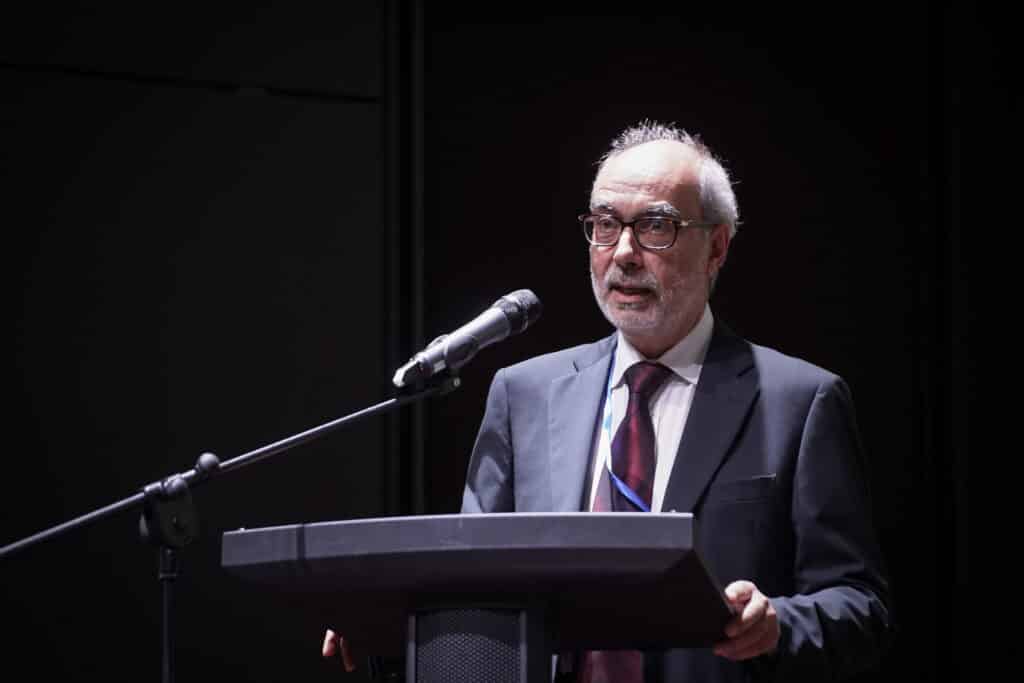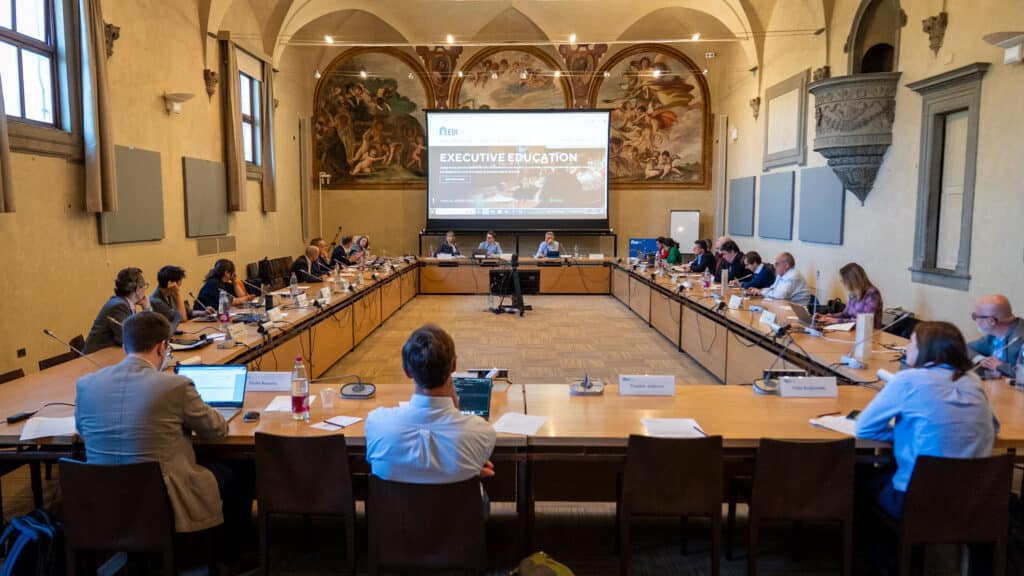Reflections on UNFCCC COP27
This is the third instalment of the Topic of the Month: Global climate and methane policies in times of COP27
The meeting of COP27 (Conference of the Parties 27) under the United Nations Framework on Climate Change took place in Sharm El Sheikh, Egypt, during the first half of November 2022. As this meeting was taking place in Africa, strong attention was given to issues related to climate change and related policy issues in developing countries.
COP27 was not intended to be, and was not, a ‘major’ meeting compared to, for example, COP15, which resulted in the adoption of the Paris Agreement. De facto, the UN-led negotiations were limited to a few elements that were left unresolved in the Paris Agreement.
The most important negotiation outcome was the agreement to create a new ‘Loss & Damage’ facility for vulnerable developing countries. It is a most important step after more than two decades of difficult discussions. Essential elements still need to be decided later, such as who will contribute and under which conditions Parties can benefit from the fund. But the decision in principle was made that wealthy nations are prepared to pay, although they were not ready to agree on concepts like ‘compensation’ and ‘liability’ for decades of emissions of greenhouse gases.
COP27 was also a useful meeting where discussions were taken on a multitude of technical issues, such as Article 6 of the Paris Agreement on ‘cooperative approaches’, commonly called ‘carbon markets’.
Perhaps the most important element of COP27 was that some 45,000 people from all over the world came together mostly to discuss and compare notes on climate policy and practical implementation issues. Intensive discussions took place on, for example, carbon pricing, sustainable finance, border measures and how to prevent carbon leakage, fostering low-carbon innovation, and how to remove carbon from the atmosphere. Also, lots of practical deals were made, such as fostering investments in renewable energy and green hydrogen. Just Energy Transition Partnerships were signed with South Africa and Indonesia, and significant progress was made on some more with Vietnam and India at COP27.
There was also political pressure to review targets – particularly on countries that could do more – but no progress was made in the final agreement to close the policy gaps needed to hold global warming to 1.5°C. Much to the disappointment of NGOs and other campaigners, no language was agreed on accelerating the phasing down – and phasing out – of all fossil fuels. The fact that targets had just been reviewed at COP26 in Glasgow was considered, in particular by emerging countries, as sufficient given that the Paris Agreement already foresees a 5-year review cycle.
Finally, the need for a just transition to net zero and nature positive was present in every conversation. The COP27 agreed on a new work programme and on an annual ministerial meeting to make sure that the low carbon future will be just for all.






